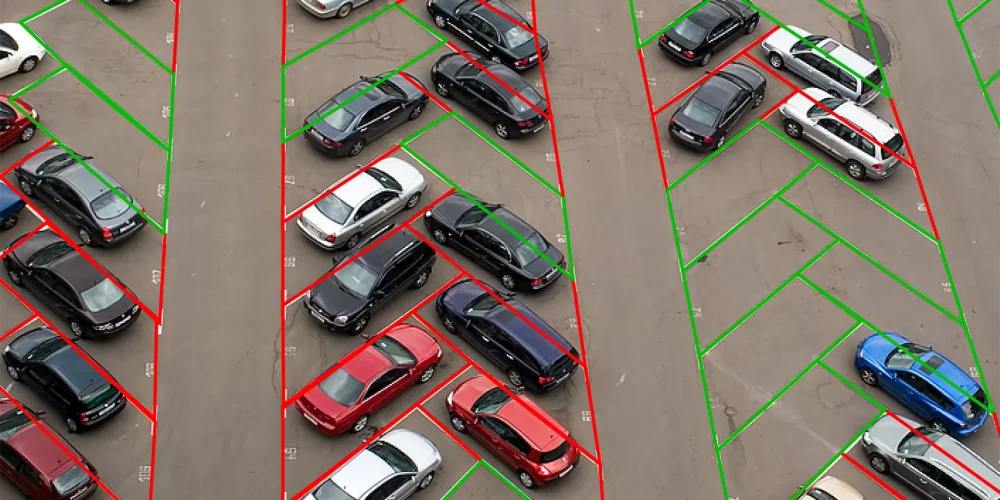
Akkomplish is a global business solution and service provider for your business transformation needs and facilitating holistic organizational growth with impeccable standards.
Call Us: +1 - 980 347 3323
Email: info@akkomplish.com
Akkomplish USA LLC
155 Gibbs St 4th Floor, Rockville Maryland 20850 United States
Industry 4.0 technologies (AI/ML) applied to public transportation - An overview in the middle east region

Parking management is an integral part of the public transport system as haphazard parking may cause congestion and disruption in road safety.
Artificial Intelligence can effectively provide parking management solutions, including accurate queue time estimation, detecting unauthorized parking, automated number plate reading, easier time tracking and billing, enhanced parking security, and many more.
Essentially, the sensors installed in the parking space notify the monitor when the empty parking space is available. Then using automated number plate readers and computer vision-enabled cameras, the amount of time and billing can automatically be calculated.
These solutions save notable travel time and reduce the chances of congestion in overcrowded public spaces. Zensors is a popular example of such an AI-powered parking management system.




